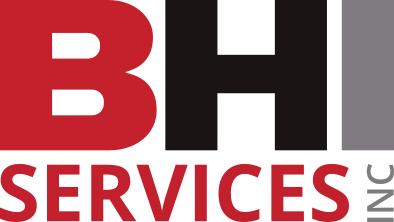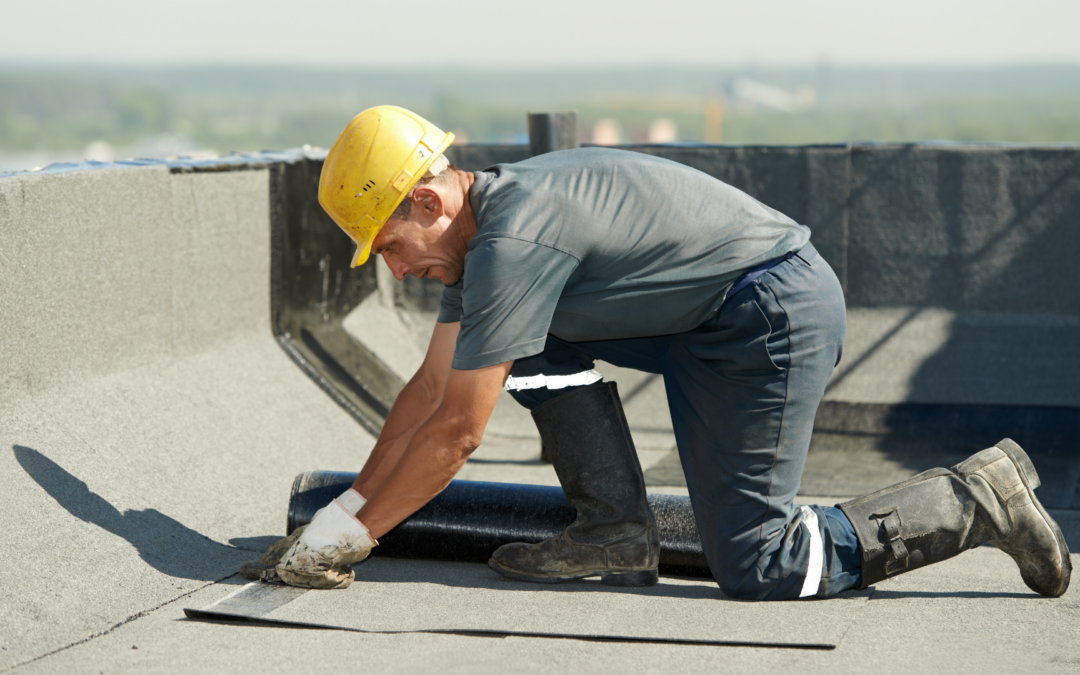The roof is one of the most critical components of any property, protecting it from the elements and ensuring the safety and comfort of its occupants. Implementing a preventative maintenance plan for your commercial property’s roofing system is essential to prolong its lifespan, prevent costly repairs, and maintain its integrity. In this blog, we will provide you with valuable preventative maintenance tips for your property’s roofing system.
Regular Roof Inspections: Schedule regular roof inspections to identify any signs of damage, deterioration, or potential issues. Inspections should be conducted at least twice a year and after severe weather events. Look for missing or damaged shingles, cracked flashing, loose seams, or any signs of leaks. Addressing issues promptly can prevent further damage and costly repairs.
Keep Gutters and Downspouts Clear: Regularly clean and maintain gutters and downspouts to ensure proper water drainage from the roof. Clogged gutters can lead to water pooling on the roof, causing damage and potential leaks. Remove debris, leaves, and other obstructions to maintain clear pathways for water flow.
Trim Trees and Vegetation: Overhanging branches or vegetation near the roof can pose a risk of damage during storms or strong winds. Trim back trees and remove any branches that may come into contact with the roof. This helps prevent damage from falling debris and minimizes the risk of scratches or punctures.
Address Moss and Algae Growth: Moss and algae can thrive in damp environments and cause damage to the roof’s surface. Regularly inspect the roof for any signs of moss or algae growth and address it promptly. Use appropriate cleaning solutions or hire professionals to safely remove moss and algae to protect the roof’s integrity.
Check and Maintain Flashing: Flashing is the material used to seal joints and prevent water infiltration. Regularly inspect flashing around chimneys, vents, skylights, and other roof penetrations. Look for signs of damage or deterioration, such as cracks or gaps. Repair or replace damaged flashing to maintain a watertight seal.
Address Insulation and Ventilation: Proper insulation and ventilation are crucial for maintaining the integrity of your roof and preventing issues like ice dams or excess heat buildup. Ensure that the insulation is adequate and in good condition. Check that vents and exhaust fans are clear of obstructions to promote proper airflow.
Remove Snow and Debris: In snowy regions, it is important to remove accumulated snow from the roof to prevent excessive weight and potential structural damage. Use snow rakes or hire professionals to safely remove snow without damaging the roof. Regularly remove debris, such as leaves or branches, as they can trap moisture and lead to rot or other issues.
Engage Professional Roofing Services: Consider partnering with professional roofing services for regular maintenance and inspections. Experienced roofers can provide comprehensive assessments, identify potential problems, and perform necessary repairs or maintenance tasks with expertise.
Conclusion: Implementing a preventative maintenance plan for your commercial property’s roofing system is crucial for its longevity and functionality. By following these preventative maintenance tips – conducting regular roof inspections, keeping gutters and downspouts clear, trimming trees and vegetation, addressing moss and algae growth, maintaining flashing, ensuring insulation and ventilation, removing snow and debris, and engaging professional roofing services – you can proactively protect your property’s roof, prevent costly repairs, and ensure the safety and comfort of its occupants. Remember, preventative maintenance is an investment that pays off in the form of an extended roof lifespan, reduced repair costs, and peace of mind.

